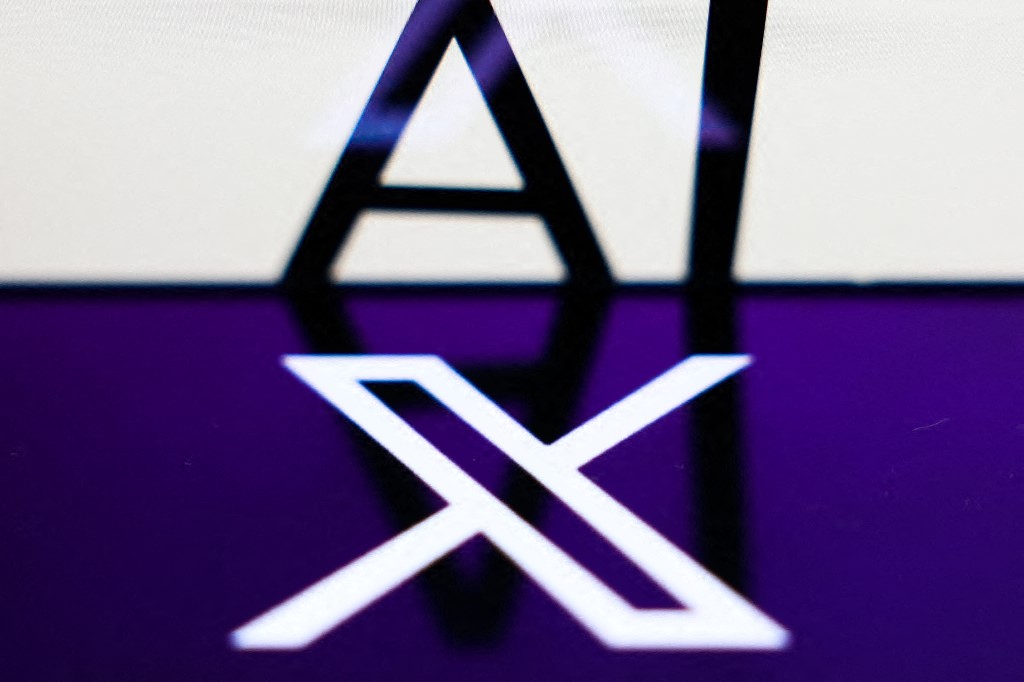The advertising industry is filled with a wide range of characters. They are often stereotypical and some of them need to be alleviated. From idealistic creatives to hardcore finance people, there are numerous classifications of advertising staff. But how does one look beyond stereotypes and reach equilibrium?
After years of working with recruiters in the advertising industry, there are five common kinds of stereotypes in any ad agency:
The stubborn creatives
These are the ones who create concepts, campaign ideas, text copy, designs and much more. They will hardly ever take feedback given by a client in the right spirit, as the campaign they have formulated is clearly the best in their eyes. After all, there’s a reason why the copy should be a particular size and font – and nothing else will do. This peculiar stubbornness often leads to tussles with the client servicing department, showing up in the form of endless discussions and meetings and umpteen clashes of opinions.
The fundamental issue is most likely the inability to take appropriate feedback and criticism. In the Middle East, 75 percent of professionals say that, in their organization, people view problems as an opportunity to learn and this is what creative must aim to do. They should try to be more open-minded with comments they get on their work and try to reach the mid-point between their vision and the client’s.
The client pleasers
Contrary to the creative aspect of the entire advertising process, the client servicing team has the task of fulfilling the client’s needs and reaching their monthly targets. Playing the middleman between the creatives and the client leaves them completely drained by the end of the workweek. They not only have to deal with various client problems, but also have to put up with the creatives’ unwillingness to compromise. Unlike their other office buddies who can wear whatever they wish to the office, the client servicing team has to be suited at all times.
It would do very well for account executives to take a step back and look at the bigger picture. This could be achieved through a 360-degree feedback and shadow approach. Organizations could insist on having account executives shadow copywriters and other professionals so they have a solid understanding of the way the company works and can play the middleman while achieving a win-win situation.
The social media gurus
These are your millennials who live and breathe in the digital world. When they are not working, they are often staring at their phones or taking selfies. To the older folks in the office, they look like complete aliens. However, to these guys, everyone else is weird. When a Generation X employee asks them what Instagram is, they often reply with a cold stare. This often gives them the reputation of having a know-it-all attitude. An open and honest discussion, especially with more experienced employees can combat this stereotype. While seven in ten professionals are comfortable enough to voice their opinion to their managers, millennials could invite their seniors out for coffee every once in a while to talk about technology and the latest trends for everything digital.
The IT and finance geeks
These are probably the quietest and most reserved types in an ad agency. They speak only when necessary and have a strange and mysterious silent code when speaking to each other. They do not think in terms of ads but merely in terms of numbers, either in the form of web coding or in the form of cash. They are highly rational individuals and often try to understand the rationale of right-brainers.
Communication is a vital factor to overcome this stereotype. Perhaps the people in these departments could also be trained in creativity and imagination. After all, 87 percent of professionals are increasingly being made to think creatively at work and every task can involve a certain degree of thinking outside the box.





